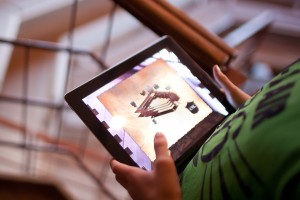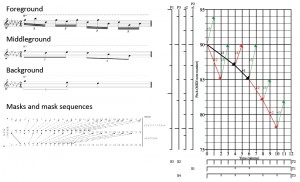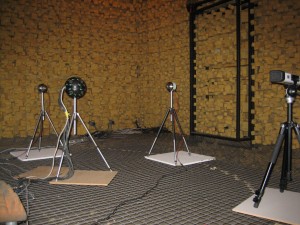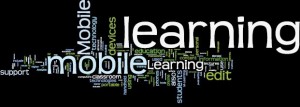 Date: 14 November 2012
Date: 14 November 2012
Time: 13.00-14.00
Place: NJ14 3-228 (Las Vegas)
Since June 2011 we have participated in two Computer Graphics oriented projects centered around dissemination of historical knowledge with a focus on the Koldinghus Castle, in Kolding, Denmark. Koldinghus has played a major role as a part time residence for a row of kings from circa 1200 to 1700. In 1808 the castle was destroyed in a fire. The castle is now partly restored and houses a museum.
We will present two different projects: 1) an iPad based Augmented Reality game for children, and 2) a Virtual Reality visual reconstruction of the castle chapel as it appeared in early 1600 during King Christian IV’s reign.
Memories of the Walls is an interactive Augmented Reality game where children use an iPad handed out by the museum to go through an interactive narrative and solve puzzles at various stations scattered throughout the castle. In a longitudinal study we have datamined logging data from the iPads allowing us a look into what the children actually do while playing the game. The experiences from a 3 month trial period are not entirely positive, and we discuss things we have learnt from the project.
The Castle Chapel is a visual reconstruction of how the castle’s church looked like 400 years ago. We have modeled the chapel based on all available historical material, as well as on 3D scannings of surviving lime stone carvings, etc. The visual reconstruction is displayed to visitors on a pair of “view finder” stands, allowing users to look around inside the church.



